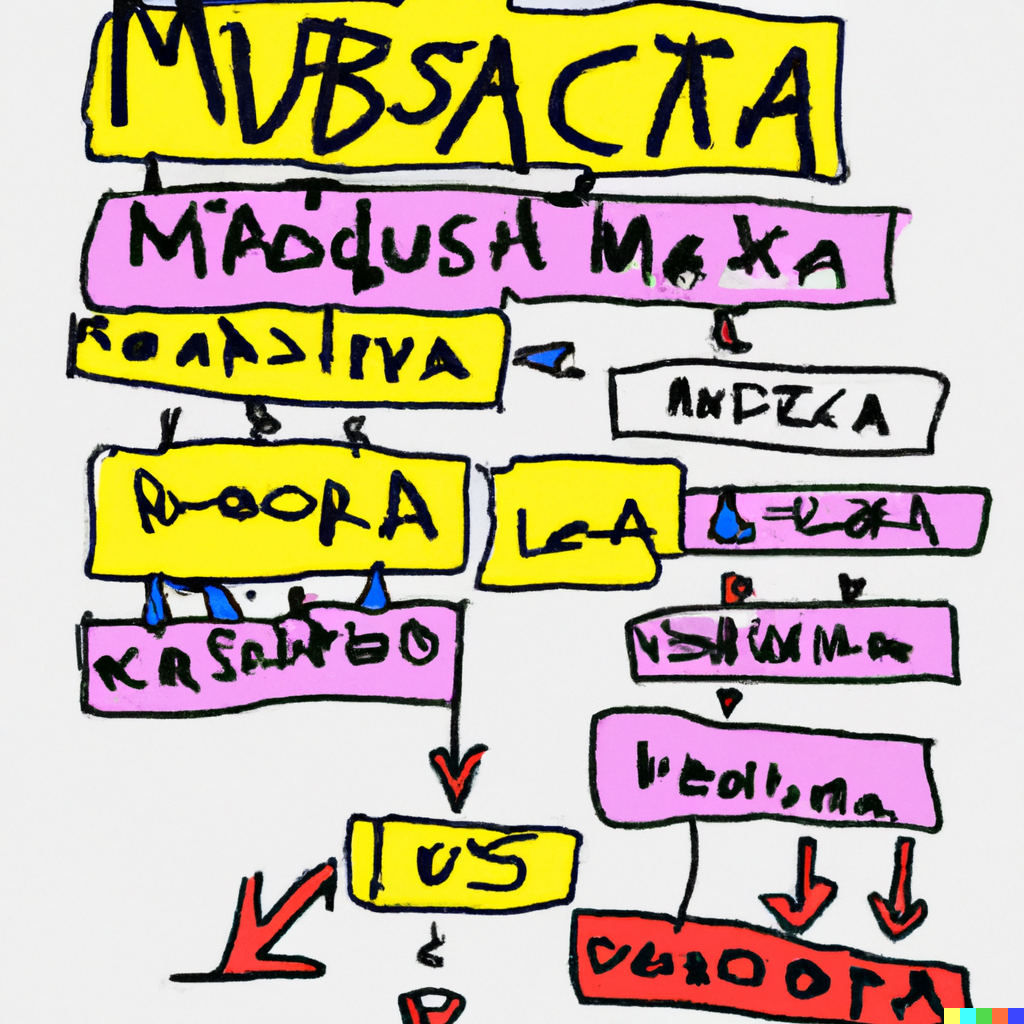
Introduction: In the dynamic landscape of the modern music industry, where the proliferation of digital platforms has reshaped how music is distributed, consumed, and monetized, the accurate management of metadata is crucial. While Music Recognition Technology (MRT) has proven invaluable in identifying and matching music tracks, it becomes truly transformative when seamlessly integrated with a dedicated Data Team. This collaborative approach combines cutting-edge technology with human expertise to address the complexities of royalty payments and intricate rights management, paving the way for a more efficient, transparent, and artist-centric music ecosystem.
The Power of Music Recognition Technology: Music Recognition Technology, powered by advanced algorithms and artificial intelligence, has revolutionized the identification of music tracks. From radio broadcasts to streaming services, MRT can swiftly recognize copyrighted music, enabling content owners to monitor usage, combat piracy, and ensure that proper royalties are paid. However, MRT alone faces challenges when dealing with nuanced situations such as identifying various contributors, handling remixes and cover versions, and accurately assessing music usage across a diverse array of platforms.
The Crucial Role of Metadata: Metadata provides the essential context that unlocks the value of music. It encompasses details about the song, its creators, performers, publishers, and rights holders. Accurate metadata is not only vital for user experience and content discovery but is the linchpin for fair royalty distribution and comprehensive rights management. Incorrect or incomplete metadata leads to inefficiencies, disputes, and a lack of transparency in the distribution of revenue to artists and creators.
The Synergy of MRT and Metadata: The combination of MRT and a dedicated Data Team is the catalyst for a transformative future in the music industry. By marrying the speed and scalability of technology with the discernment and expertise of human curators, this partnership addresses the limitations of each approach when employed in isolation.
- Enhanced Identification and Attribution: MRT identifies music tracks, and the Data Team validates and augments this data with comprehensive metadata, ensuring that contributors are accurately recognized, and the intricacies of song ownership are properly documented.
- Data Quality Assurance: The Data Team plays a pivotal role in maintaining a high standard of data quality, curating and updating metadata to reflect changes, resolve discrepancies, and adapt to evolving industry practices.
- Complex Rights Management: Managing the complex web of rights associated with music requires human judgment and an understanding of legal intricacies. The Data Team ensures that rights are properly documented and managed, reducing the risk of disputes and facilitating smoother licensing processes.
- Transparent Royalty Payments: Through the collaboration of MRT and the Data Team, the accuracy of royalty calculations is significantly improved. This results in fair compensation for artists, songwriters, producers, and other rights holders, fostering trust and enabling a sustainable music industry.
Conclusion: The future of the music industry lies in the synergy of Music Recognition Technology and Metadata, harmonizing technological capabilities with human expertise. This holistic approach empowers creators, facilitates accurate royalty payments, and streamlines rights management. As the music landscape continues to evolve, this collaboration ensures that artists receive the recognition and compensation they deserve, paving the way for a vibrant, artist-centric future.
Fred HEROUT : https://bettercallfred.fr/



